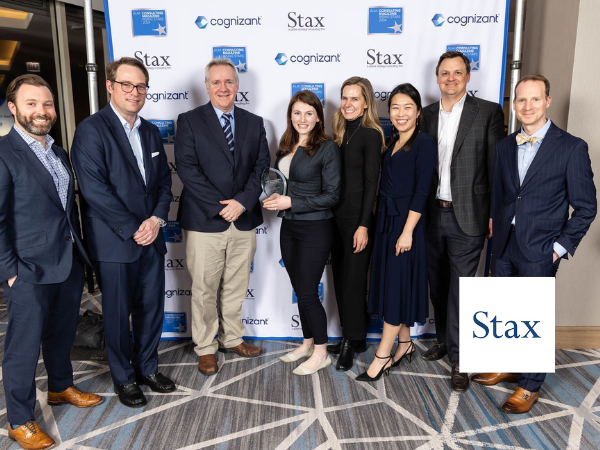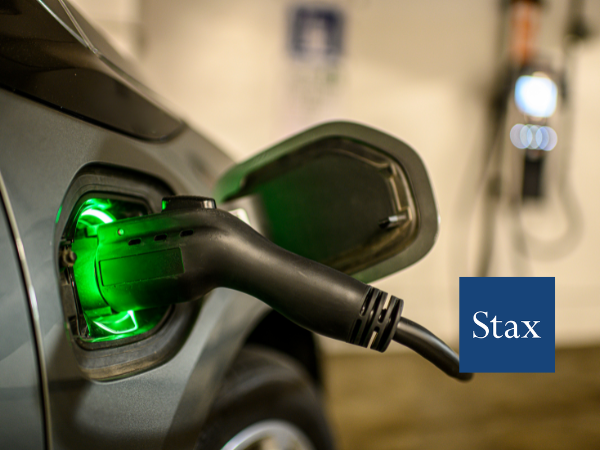Technology in Fleets
Technology in Fleets
While everyone has been writing about driverless cars, less glamorous (but equally important) is technology for trucking – a large and critical industry with a shortage of drivers. According to research at Stax, with the decrease in fuel prices thanks to the plummeting of oil, about half of fleet owners are reinvesting in their fleets and, of those, about 40 percent plan to upgrade the equipment on their vehicles. No doubt, this will include technology. What were once the hallmarks of differentiation for UPS and FedEx – technology that tracks exactly when a package arrived, has expanded in every part of fleet management.
The payload was the first core item tracked with technology because the customer most valued knowing where their package was and when they’d get it. This included smaller packages for consumers and business and, with the advent of just in time delivery across industry, this capability became the table stakes for all shippers. And now that’s evolved considerably. The three main areas tracked and managed by technology include:
- The asset
- The workflow
- The driver
According to Stax’s research, in areas such as telematics and remote diagnostics, government leads the way and while the rest of industry lags as a whole, there is still wide differentiation between levels of technology used.
These are all good from a fleet efficiency perspective to be able to route and manage resources and people very tightly. The technology also delivers unexpected benefits, e.g. reducing fraudulent insurance claims, because the cameras on trucks can prove if/when an accident happened and if not. On the bad news, a lot of drivers don’t always like big brother with a camera on them. Think Convoy, Smokey and the Bandit, Kris Kristofferson or Jerry Reed being personally tracked by their CBs with a camera over their shoulders. And it’s very hard to find drivers these days. The data shows wage escalation, and Stax has seen a variety of measures to recruit and retain drivers with a clear segmentation of driver interests.
The implications are there, no matter if you’re operating a trucking company or a participant in the industry:
Fleet owners need to do anything they can to try and make up for increase in cost of driver pay. And if they think the price of oil will rise again, they want to consider more efficiency and alternative fuels (natural gas), if they have wet contracts (which means cost of fuel included in their sales), or consistent routes that allow for easier fill ups of natural gas. They certainly want to track data and develop insights from their costs to better manage costs and productivity. As mobile phones become ubiquitous, cameras become less expensive and the Internet of Things provides receptors all over the vehicle – there are a lot of potential ways to gather data and provide information to the fleet operator. And as more software is over the cloud, it becomes easier to for smaller users within the enterprise to buy and lager users to change providers.
Implications for owners and operators: Try new things and programs that work, and beware of ticking off your drivers, and work to get the buy in from customers on major changes. If you’re a technology provider, the list is longer. Make sure of the stickiness of your offering and whether it can become a feature of someone else’s as the Internet of Things becomes more powerful. The next challenge and opportunity will be increasing the prices in the future, as technology costs come down and switching costs come down. As a result, you need to continue showing value (which can come from better use of past data). As Stax’s research has shown across industry, for companies with software that manage operations, customers want more assistance managing the assets. They don’t just want tracking. They want data, insights and easy ways to see what they can improve.
Whether you’re an operator or provider into the ecosystem, the best ways are to continue driving success are to identify value to all parties (drivers, operators, customers) and get buy-in, as well as demonstrate the continued value over time. They won’t all change at the same time. However, when you strike the right balance between leveraging fleet management technology and retaining human capital, there will be plenty interested in following the road on which you lead.
Read More
All Rights Reserved | Stax LLC | Powered by Flypaper | Privacy Policy






